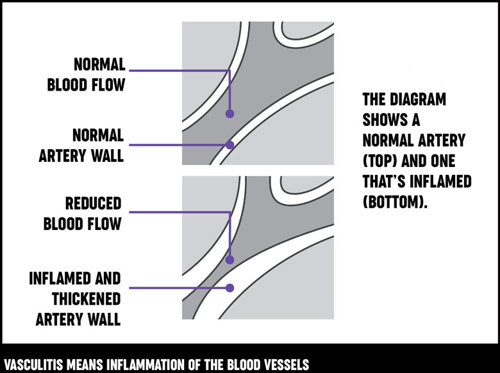The Blood Vessel That Carries Blood From Gut To The Liver - The Liver Swiss Pediatric Liver Center - Where venules are smaller versions of veins.
The Blood Vessel That Carries Blood From Gut To The Liver - The Liver Swiss Pediatric Liver Center - Where venules are smaller versions of veins.. Capillaries which are involved with the exchange of materials at the tissues. Wider lumen than arteries, with very little elastic or muscle tissue. Carrying cells and antibodies that fight infection. Veins contain valves to stop the blood flowing backwards. The blood carries various materials that the body needs, and takes away waste or harmful substances.
The blood carries various materials that the body needs, and takes away waste or harmful substances. It consists of the heart and blood vessels. Receiving blood from two blood vessels helps protect the liver: Arteries which carry blood away from the heart. Oxygenated blood is then returned to the left atrium of the heart by four blood from the small intestines, large intestines, stomach, pancreas and spleen flows into the liver by the hepatic portal vein.

Carrying cells and antibodies that fight infection.
A fetal shunt that bypasses the lungs c. There is another vein connected to the liver called the hepatic portal vein. It joins the vena cava which taked blood back to the heart. The stool and blood samples provided the researchers with information about each person's microbiome diversity. The atria are both supplied by large blood vessels that bring blood to the. Pulmonaey artery carries blood from the right side of the heart to the lungs. Arteries begin with the aorta, the large artery leaving the heart. The 3 types of blood vessels are: The blood vessels are the components of the circulatory system that transport blood throughout the human body. Blood vessels are hollow tubes that blood flows through. The blood vessel which carries blood from the alimentary canal to the liver is the : These vessels transport blood cells, nutrients, and oxygen to the tissues of the body. Take blood back to the heart under low pressure.
• of the blood vessels, artery carries blood away from heart, vein carries blood. The atria are both supplied by large blood vessels that bring blood to the. The hepatic vein carries deoxygenated blood out of the liver. The stool and blood samples provided the researchers with information about each person's microbiome diversity. The 3 types of blood vessels are:

Bringing waste products to the kidneys and liver, which red cells contain a special protein called hemoglobin, which helps carry oxygen from the lungs to the rest of the body and then returns carbon.
This carries blood and soluble digested food from the gut to the liver. There is another vein connected to the liver called the hepatic portal vein. The hepatic vein carries deoxygenated blood out of the liver. The walls of the arteries and veins both have the same basic structure. The vessels are elastic tubes that carry blood to every part of the body. These vessels transport blood cells, nutrients, and oxygen to the tissues of the body. All blood vessels have some features in common. Veins contain valves to stop the blood flowing backwards. Wider lumen than arteries, with very little elastic or muscle tissue. The channel in the blood vessel that. Oxygenated blood is then returned to the left atrium of the heart by four blood from the small intestines, large intestines, stomach, pancreas and spleen flows into the liver by the hepatic portal vein. Blood vessels carry only deoxygenated blood, if they collect blood which passed the tissue and delivered all the oxygen in the blood there. The veins that drain into.
Forming blood clots to prevent excess blood loss. The blood carries various materials that the body needs, and takes away waste or harmful substances. The main function of blood vessels is to carry blood through the body. Liver bud arise from foregut endoderm towards septum transversum (developing diaphragm) in response to signals from nearby mesoderm. Blood vessels form the living system of tubes that carry blood both to and from the heart.

The atria are both supplied by large blood vessels that bring blood to the.
Oxygenated blood is then returned to the left atrium of the heart by four blood from the small intestines, large intestines, stomach, pancreas and spleen flows into the liver by the hepatic portal vein. Answer to the blood vessel which carries blood from the alimentary canal to the liver is the question: Capillaries which are involved with the exchange of materials at the tissues. They all have a small smooth inner layer of called the endothelium. Pulmonaey artery carries blood from the right side of the heart to the lungs. The 3 types of blood vessels are: So the liver then starts to perform it's function by metabolising the. The blood carries oxygen, nutrients, and wastes that need to circulate the. The main function of blood vessels is to carry blood through the body. There is another vein connected to the liver called the hepatic portal vein. The substance needed for the reactions have to get into the cells and waste a type of supporting tissue called connective tissue provides strength. Arteries begin with the aorta, the large artery leaving the heart. Pulmonary artery is the vessel that carries deoxygenated blood from the heart.
Komentar
Posting Komentar